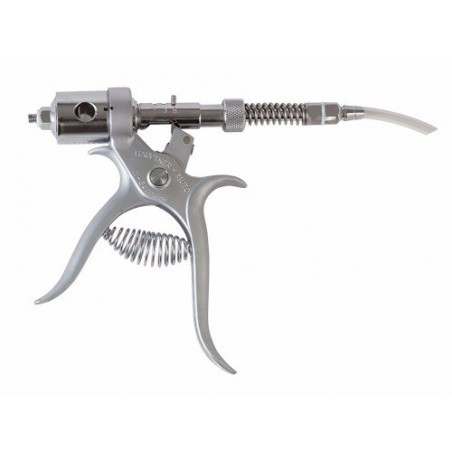The gut microbiome is the term used to describe the collection of microbes living in the gastrointestinal tract. These microbes are vastly diverse, and include viruses, bacteria, protozoa, fungi and archaea. Microbes in the gut are reported to equal the number of cells within the host (Sender, Fuchs et al. 2016). Importantly, the gut microbiome plays at least 3 critical roles within the host, including providing a protective intestinal barrier, digesting and metabolizing nutrients, and regulating immunity (Figure 1). Many variables impact microbe colonization of the pig gut in the first few weeks of life, including the vaginal, skin and fecal microbiomes of the sow or gilt, milk and feed consumption, housing and barn environment, viral and bacterial infections, antimicrobial injections, and stress at processing or during transportation. These events may play a role in shaping the microbiome for the lifetime of a production pig (Niederwerder 2017). The relationship and balance between gut microbes is complex and not well understood in states of health or disease. However, there is growing evidence supporting the role of gut microbes as major players in disease outcome.

Roles of the microbiome: providing a protective intestinal barrier, digesting and metabolizing nutrients, and regulating immunity.

Fecal microbiota transplantation or FMT is the process by which feces is collected from a healthy donor and transplanted into a diseased individual. Similar to organ transplantation, the goal of FMT is to improve the health of the transplant recipient. The FMT process not only transplants live and dead microbes, but also small feed particulate, cells from the small and large intestine, and metabolic products from bacteria (Bojanova and Bordenstein 2016). The mechanism by which FMT is efficacious is poorly defined for most diseases. However, the benefits derived from FMT are thought to be due to an increase in favorable microbes, an increase in microbial diversity, and stimulation of mucosal immunity (Niederwerder 2018).
In humans, FMT is most commonly used as a therapeutic tool for recurrent Clostridium difficile infections unresponsive to antimicrobial treatment (Gough, Shaikh et al. 2011). However, FMT has recently been recognized as a potential therapy for a broad range of other diseases in humans, such as irritable bowel syndrome, antimicrobial resistant pathogen colonization, metabolic syndrome and insulin resistance (Bakker and Nieuwdorp 2017). In animals, FMT or transfaunation has also been utilized as a therapeutic tool for several diseases, such as canine parvovirus infection in dogs, left-displaced abomasum post-surgical complications in cattle, and equine colitis (Niederwerder 2018). In addition to the therapeutic potential of FMT in animals, prophylactic and immunogenic uses of FMT have also been explored. For example, FMT has been investigated as a potential tool to increase feed efficiency in both poultry and swine (Niederwerder 2018).
Work in my laboratory has investigated the use of the gut microbiome and FMT in the prevention and control of porcine circovirus associated disease (PCVAD). PCVAD is experimentally reproduced through a co-infection model using porcine reproductive and respiratory syndrome virus (PRRSV) and porcine circovirus type 2 (PCV2). Co-infections with PRRSV and PCV2 are common and cause significant economic losses to pork production throughout the world. The gut microbiome provides an alternative tool for control and prevention of diseases caused by these co-infections. Our initial work demonstrated that increased diversity of the gut microbiome was associated with improved clinical outcome of nursery pigs co-infected with PRRSV and PCV2 (Niederwerder, Jaing et al. 2016, Ober, Thissen et al. 2017). Improved clinical outcomes were characterized by pigs having fewer clinical signs and increased weight gain.
Due to the consistent benefits of microbe diversity on co-infection discovered in our early work, we have recently investigated FMT as a preventative tool for PCVAD (Niederwerder, Constance et al. 2018). Specifically, feces was collected from 2 donor sows with several characteristics of high health and productivity, including large litters, high numbers of born alive piglets, low pre-weaning mortality, a lack of fetal mummification, and a lack of recent antimicrobial therapy. Ten pairs of littermates were divided into an FMT and Control group. The transplant material was delivered to piglets for 7 consecutive days prior to being co-infected with PRRSV and PCV2. Transplanted pigs were compared to saline mock-transplanted controls. Our results demonstrated that pigs which received the FMT had reduced clinical signs associated with PCVAD, decreased PRRSV and PCV2 virus replication, improved weight gain, and increased antibody production against both viruses (Niederwerder, Constance et al. 2018).
Overall, gut microbes and fecal microbiota transplantation are exciting tools which may be utilized to improve the health of swine and prevent diseases such as those associated with PCV2 infection.







